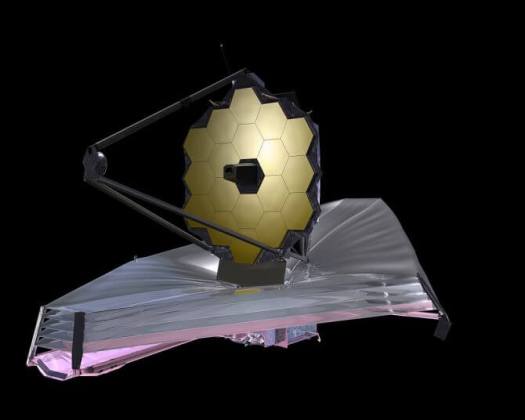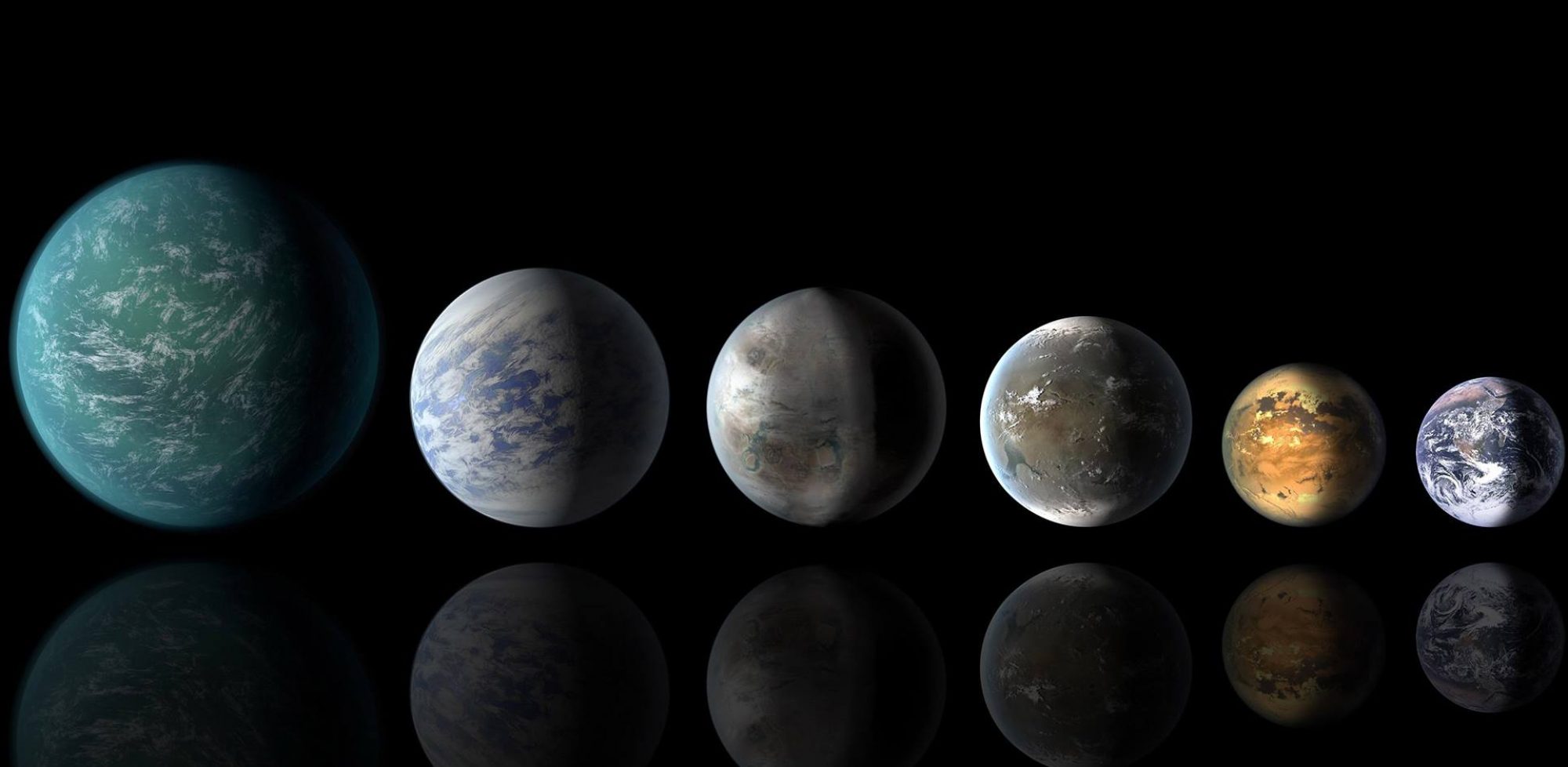NASA’s decades-long success at enabling ground-breaking discoveries about our planet, our solar system, our galaxy, our origins and the billions of other planets out there is one of the crown jewels of our nation’s collective inventiveness and will, and surely of our global soft power.
Others have of course made major contributions as well. But from the Viking Mars landings of the 1970s on to the grand space observatories Hubble and Spitzer and Chandra, to the planetary explorations such as Cassini (Saturn), Galileo and Juno (Jupiter), New Horizons (Pluto and beyond) and Curiosity (Mars), to the pioneering exoplanet census of Kepler, the myriad spacecraft enhancing our understanding of our own planet and the sun, and the pipeline confidently filled with of missions to come, NASA has been the consistent and essential world leader.
What we know of our world writ large has just exploded in these decades, and we’re far richer for it.
But of late, the future of these efforts to ever expand our knowledge of the logic and make-up of our universe has become worryingly unclear.
First there are the recently revealed new problems with the James Webb Space Telescope, initially scheduled to launch years ago and now reportedly unlikely to meet its launch date next year. It is also over budget again and under serious threat.
This news came as Congress wrestled with the White House decision to scuttle the WFIRST dark energy, planet and star formation, and exoplanet mission, planned as NASA’s major flagship mission of the 2020s.
And perhaps most worrisome, NASA now wants to fold its Space Technology Mission Directorate into the Human Exploration and Operations Directorate, surely to support the administration’s goal of setting up a human colony on the moon.
This is an Apollo-sized, many-year and very costly effort that would have to take funds away from potential space science missions unless the NASA budget was growing substantially. But the proposed 2019 NASA budget would cap spending for the next four years.
Might our Golden Era of space discovery be winding down?

First the JWST situation. The telescope, far more powerful and complex than anything sent into space, is expected to open up new understandings about the origins of the universe, xxx, and exoplants.
But late last month, the General Accounting Office released a report that said:
“The James Webb Space Telescope, the planned successor to the Hubble Telescope, is one of NASA’s most complex and expensive projects.
“NASA recently announced that JWST’s launch would be delayed several months, from October 2018 to no later than June 2019, because components of the telescope are taking longer to integrate than planned.
“Based on the amount of work NASA has to complete before JWST is ready to launch, we found that it’s likely the launch date will be delayed again. If that happens, the project will be at risk of exceeding the $8 billion cost cap set by Congress.”
That cost cap was put in place in 2011, after a House subcommittee voted to end the project entirely because of overruns. The full Congress then agreed to continue funding but only to the $8 billion mark.
Will Congress agree to more money if the agency needs more time to complete launch preparations? Or will the money have to come out of the existing NASA budget? It seems highly unlikely that the project will be halted but all the overruns and delays — often based on the difficulties associated with new technologies — cast a pall of sorts over plans for big space science projects in the decades ahead.
The long-term ramifications of the JWST delays and overruns could be substantial. The space community began pushing in the 1970s for the launching of a new grand space observatory every decade, and the science and public engagement results have been tremendous. The process of selecting a grand observatory mission for the 2030s is underway now, with teams of scientists and engineers feverishly gathering ideas, data, technology know-how and cost predictions for four contenders.
Two focus on astrophysics and questions about the make-up and origins of the universe and two on exoplanets and the effort to determine if some might have the conditions that could support life and, perhaps, might actually do so. Those two are the Habitable-Exoplanet Imaging Mission (HabEx), and Large Ultraviolet-Optical-Infrared Surveyor (LUVOIR).
Both are likely to be quite costly, and LUVOIR in particular. But unlike HabEx, LUVOIR would have the power and kinds of instruments needed to determine not only if life might be possible on an exoplanet, but potentially if that life is present. It would be a Hubble on steroids — a dream observatory that would have the ability to transform (or greatly deepen) space science.

But the enormous promise of a LUVOIR or HabEx helps explain some of the scientific dismay about the administration’s decision to cancel NASA’s “flagship” observatory of the 2020s, the Wide Field Infrared Survey Telescope (WFIRST.)
Selected in 2010 by the space science community and later the National Academy of Sciences as the priority mission of the 2020s, WFIRST would focus on the nature of dark matter, the expansion of the universe, and would push forward some exoplanet observing as well.
So cancelling of the mission — if Congress now allows that to happen — would not only eliminate an important observatory that would keep NASA in the forefront of space astrophysics, but would also send a message that even being selected as the top priority space mission for the decade does not provide ironclad protection.
At space subcommittee hearing of the House Science Committee with NASA Acting Administrator Robert Lightfoot, Rep. Ami Bera (D. Calif.) voiced that concern earlier this month.
“The decadal survey has served us well, and not looking at this scientific-based prioritization and moving away from that can certainty set a dangerous precedent,” Bera warned.

The elephant in the room in this discussion is easy to identify — the administration’s well-publicized desire to set up an on-going human colony of Americans on the moon, or at least to get American astronauts back on the lunar surface during the 2020s. The stated goals are exploration, commercial and international joint ventures and geopolitics, with seldom a mention of science.
The proposed 2019 budget does not set aside a great deal of money for the moon project, but it does do something that worries many former NASA leaders and NASA followers — the funding for space technology and innovation ($1 billion) will now be housed within the human exploration directorate, as “Exploration Research and Technology.”
The stated logic is that technological advancement should be directed toward human space exploration.
“The FY 2019 budget is restructured to align with the Administration’s new space exploration policy by consolidating and refocusing existing NASA technology development activities on space exploration,” the budget document reads.
This will inevitably take some funds away from technology projects that could be useful across NASA’s directorates, but more important sets the stage for a ramp up in funding for moon missions in the years ahead. And since the proposed 2019 budget would cap NASA funds for the next four years, other NASA programs would have to suffer — most notably Earth sciences and other science exploration unrelated to the moon.
Seldom discussed by those excited by the prospect of continuing the legacy of the Apollo program and having Americans return to the moon is that Apollo was extraordinarily expensive and required great national sacrifice.
During the 1960s the NASA budget (which was directed in large part into the Mercury and Apollo manned missions) took up as much as four percent of the federal budget (the equivalent of $40 billion today.) For six years it took up three percent or more of the budget. The NASA budget is now at its lowest point since 1959 as a percentage of the federal budget — less than one-half of one percent of the budget — and provides less than $20 billion and has for decades.
It seems pretty clear that ambitious humans-on-the-moon project would mean fewer Cassinis, fewer Hubbles, fewer Keplers.
Another sign of the lowering profile of NASA science is the proposal in the 2019 budget to launch the other NASA flagship science mission of the 2020s, the flyby of Jupiter’s moon Europa, on a commercial heavy-lift rocket rather than NASA’s Space Launch System. The SLS was sold to Congress as the vehicle that could send spacecraft speedily to outer planets, but now both production delays and a desire to quickly get astronauts into space on the SLS has made that far less likely and some years further out, if it happens at all.
Heavy lift rockets other than SLS—including SpaceX’s Falcon Heavy and the Delta IV from United Launch Alliance —lack the power to blast the Europa Clipper directly from Earth to Jupiter. A conventional rocket would rely on three gravity assists from Earth and one from Venus, increasing the transit time from about 3 years to at least 6 years.

Missions happen when they are a priority, and clearly now not just a scientific priority. Nothing is settled, but the warning signs are there that the moon program will force space science down the priority list unless NASA suddenly gets a lot more money.

